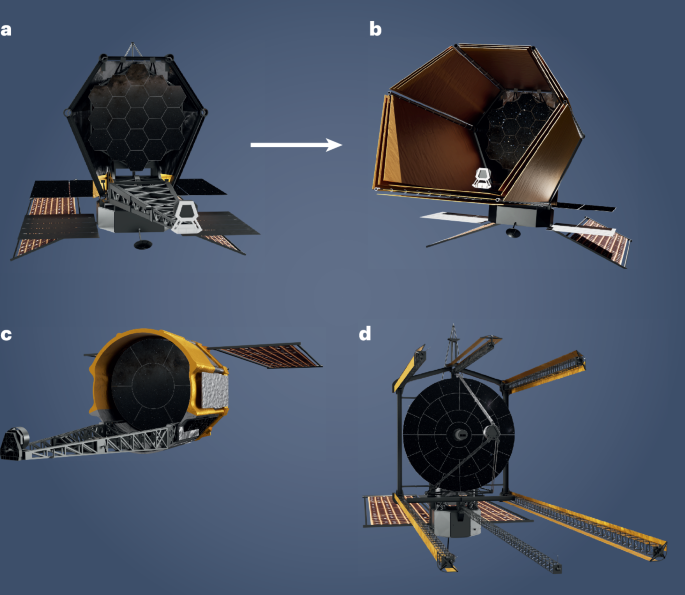. 2024 Sep 17:15:1426872.
doi: 10.3389/fphys.2024.1426872. eCollection 2024.
Affiliations
- PMID: 39355153
- PMCID: PMC11442837
- DOI: 10.3389/fphys.2024.1426872
Hadis Hemmati et al. Front Physiol. 2024.
Erratum in
-
Hemmati H, Alkasasbeh WJ, Hemmatinafar M, Salesi M, Pirmohammadi S, Imanian B, Rezaei R. Hemmati H, et al. Front Physiol. 2024 Dec 4;15:1523903. doi: 10.3389/fphys.2024.1523903. eCollection 2024. Front Physiol. 2024. PMID: 39697616 Free PMC article.
Abstract
Background: This study explores a novel approach to mitigating delayed-onset muscle soreness (DOMS), a common issue among strength-trained females. By investigating the potential of a honey-sweetened beverage, which contains anti-inflammatory properties, we aim to enhance muscle recovery after exercise-induced muscle damage (EIMD).
Method: A randomized, cross-over, placebo-controlled, and double-blinded study was conducted with sixteen female strength athletes. Firstly, the baseline measurements were recorded, and participants were randomly divided into two conditions: honey-sweetened beverage (HSB; 70 g of honey in 250 mL water with a concentration of 28%) and placebo (PLA; 250 mL of water with 70 g of artificial sweetener). The HSB and PLA were consumed 90 min before the EIMD started (200 vertical jumps with 10% body-weighted vests). Recovery monitoring of performance indicators and DOMS was performed after EIMD. The results of wall-sit, V-Sit and reach flexibility test (VSFT), vertical jump height (VJH), pressure pain threshold (PPT), and one repetition maximum (IRM) tests were recorded 48 h after EIMD. Also, DOMS was recorded using the visual analog scale (VAS) before the start of the test and immediately, 12, 24, and 48 h after EIMD. A one-week interval was considered a washout period for each condition. The collected data were analyzed by repeated measures of ANOVA and Bonferroni post hoc test and dependent t-test at P ≤ 0.05 level.
Results: Compared to PLA, HSB ingestion improves wall-sit performance (p = 0.003), 1RM (p = 0.019), and RPE (p = 0.003) after EIMD. However, no significant differences were observed between BL, PLA, and HSB in VJH (p = 0.384), VSFT (p = 0.840), and PPT (p = 0.151) after EIMD. Furthermore, HSB, compared to PLA, considerably decreased the values of DOMS immediately, 12, 24, and 48 h after EIMD (p < 0.05).
Conclusion: Our findings illustrated that ingesting HSB in strength-trained females can be a helpful strategy for improving recovery indicators such as muscle strength, endurance, and muscle soreness after EIMD.
Keywords: DOMS; female athletes; honey-sweetened beverage; recovery; strength performance.
Copyright © 2024 Hemmati, Alkasasbeh, Hemmatinafar, Salesi, Pirmohammadi, Imanian and Rezaei.
Conflict of interest statement
The authors declare that the research was conducted in the absence of any commercial or financial relationships that could be construed as a potential conflict of interest.
Figures
 FIGURE 1
FIGURE 1
Cross-over and double-blinded study design in two conditions.
 FIGURE 2
FIGURE 2
The protocol of taking supplements and performing tests.
 FIGURE 3
FIGURE 3
Perceived muscle soreness changes using the VAS scale in PLA or HSB conditions. (PLA, Placebo; HSB, Honey-Sweetened Beverage). *, Significant difference with VAS-baseline (p < 0.05). #, Significant difference between PLA and HSB in any conditions (p < 0.05).
 FIGURE 4
FIGURE 4
Changes in wall sit, 1RM leg press, and RPE in three conditions of this study (BL, Baseline; PLA, Placebo; HSB, Honey-Sweetened Beverage). *, Significant difference between PLA and HSB in any conditions (p < 0.05). #, Significant difference between HSB and BL in any conditions (p < 0.05).
 FIGURE 5
FIGURE 5
Changes in VJH (Vertical jump height), PPT (Pressure pain threshold), and VSFT (V sit and reach) in three conditions of this study (BL, Baseline; PLA, Placebo; HSB, Honey-Sweetened Beverage).
References
-
- Abdi A., Zaman J., Abbassi Daloii A. (2021). The effect of using L. Thymus vulgaris honey after a resistance circular training session on cerulopasmin, muscles damage markers, lactates and insulin in young college men. Res. Sport Sci. Med. Plants 1 (2), 59–68. 10.30495/varzesh.2021.1922065.1007 - DOI
-
- Aly M. O., Elgohary R., Tayel D. I. (2019). The effect of honey supplementation formula on delaying some fatigue markers on 1500 meters runners with no impact on performance. Int. J. sports Sci. 9 (3), 47–53. 10.5923/j.sports.20190903.01 - DOI
-
- Bansal V., Medhi B., Pandhi P. (2005). Honey--a remedy rediscovered and its therapeutic utility. Kathmandu Univ. Med. J. 3 (3), 305–309. - PubMed
.png)


![PrintScreen: Fabricating Highly Customizable Thin-Film Touch-Displays (2014) [video]](https://www.youtube.com/img/desktop/supported_browsers/firefox.png)

